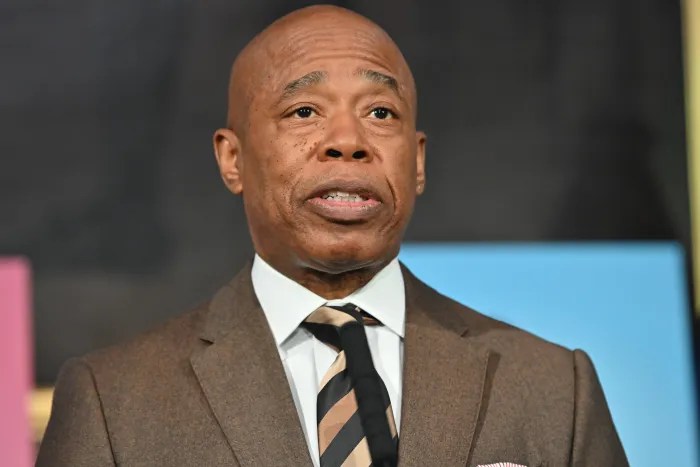By Joe Anuta
The city Landmarks Preservation Commission denied landmark status for the Forest Hills Tennis Stadium Tuesday, which shocked preservationists hoping to save the decaying structure.
The decision came after months of deliberation, and ultimately rested on the stadium’s poor condition.
The stadium, which housed the US Open from 1915-77, is owned by the West Side Tennis Club and sits near the Forest Hills Long Island Rail Road stop.
“After several visits to the stadium by our staff and months of careful study, we determined that while the stadium does have some architectural, historic and cultural significance, the condition of its architectural features has rendered it ineligible for landmark designation at this time,” said Lisi de Bourbon, a spokeswoman for the commission.
Michael Perlman, chairman of the Rego-Forest Preservation Council, was dismayed to learn of the decision.
“Not landmarking a famous site that has the utmost architectural and cultural significance and is a dereliction of public duty,” he said. “It defeats the purpose of the landmarks law, and it is evidence that the [committee] doesn’t care about the national and international supporters of the site.”
The committee cited deteriorating arches, crumbling concrete throughout the structure and water damage as the reasons why the structure could not be landmarked.
But despite the dilapidated condition of the stadium, Perlman said the commission should have at minimum gotten more public input.
“At the very least what the [commission] should do is calendar it and hold a public hearing and hear both sides,” he said. “I bet you if it was located in Manhattan it would see the light of a public hearing.”
In October, the club’s members voted down a proposal to sell the stadium.
Forest Hills developer Cord Meyer had a plan to build condos on the lot while maintaining the structure of the stadium, but the club did not get the two-thirds vote needed to sell for $9 million.
Steve Goldberg, who sits on Community Board 6 but did not speak on behalf of the board, said the stadium had become an albatross for the tennis club over the years.
“Ever since the [US Open] tennis matches were moved to Flushing, they have been saddled with a stadium they can’t do much with,” he said. “So I would assume the people who own the stadium would like to he the best dollar return on the property … it’s probably going to go to a developer.”
If the stadium was landmarked, it would have been a financial burden, he said.
“It needs a lot of repair and it would cost a fortune to renovate it,” Goldberg said. “They would be restricted in what they could use it for.”
The community board was scheduled to discuss the implications of the decision at a CB 6 meeting this week.
Reach reporter Joe Anuta by e-mail at januta@cnglocal.com or by phone at 718-260-4566.


































